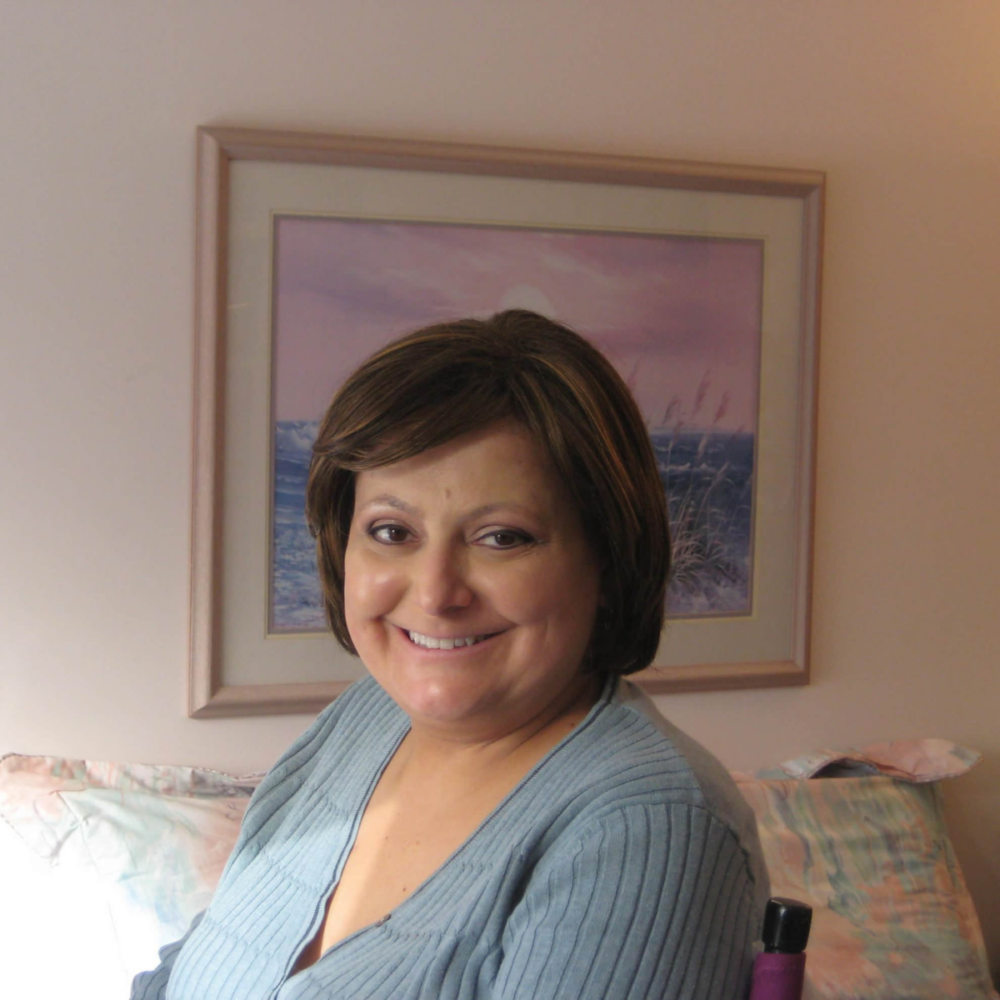姉妹の遺産: 若い非喫煙者の肺がんの旅からの洞察

Call it our Italian roots, but my sister and I were inseparable. Despite being younger by a year and a half, Milvia always felt like the big sister. She was a formidable force, someone who was always in your corner. So, when Milvia was diagnosed with lung cancer at 39, I knew it was my turn to step into the big sister role.
Like so many others, this was not the first time cancer crept into our lives. Breast cancer and prostate cancer had affected my mother and father, respectively, but that didn’t make my sister’s diagnosis any easier to understand. A non-smoker, Milvia thought she had pneumonia when she started experiencing symptoms. It sounded like she was losing her voice, and she could barely speak above a whisper. At first, an X-ray confirmed bronchitis, but she was eventually told to go to the hospital for a biopsy. Additional testing confirmed what we had all feared but dared not imagine—non-small cell carcinoma lung cancer. How could my sister, a young, healthy person, have lung cancer?

There is never a good time for a cancer diagnosis, but Milvia’s diagnosis came at a particularly difficult time. Not only was she diagnosed on my mother’s birthday, but Milvia had just lost her job and was working as a temp—without health insurance—when her cancer was discovered. But as reality set in, so did her support system. It was a beautiful thing to have the help of family, friends and an incredible boss who offered her a permanent position (including health insurance benefits) within two months as she faced treatment for a very ugly disease.
Our family supported Milvia any way we could. My mother only speaks Italian, so it was my sister and I who would translate and explain what was going on as we visited with oncologists and discussed treatment options. At first, she took a chemotherapy pill, whose resulting rash meant the medicine was working. But after about two years, it was no longer doing its job, and it was time for her to start “regular” chemotherapy treatments, which, like so many other cancer patients, made her sick. Every step of the way, Milvia’s courage inspired me. I was—and still am—so proud to call her my sister.
This past January marked 10 years without Milvia. My “big” little sister. Milvia’s strength did not waver—you never would have known she was in any pain, even as she attended our brother’s wedding a month before her death. I don’t know what my sister’s cancer journey would have looked like had she not checked things out when her symptoms first started. She could have just ignored them or written it off as bronchitis, as the X-ray originally indicated. But she continued to see the doctor until more answers were uncovered. They may have been a difficult five years, but I am grateful we got those years together, as things could have looked a lot different had she not discovered the diagnosis until much later.
My sister taught me many things in her 44 years of life, but if there is one thing I learned from her through this experience, it is this: lung cancer does not discriminate. A young, non-smoker is unfortunately not eligible for routine screening for lung cancer. (Currently, the U.S. Preventive Services Task Force recommends annual screening only for those at high-risk for lung cancer). But if you notice signs or symptoms that do not go away, it’s important to speak up and get them checked out. Even if it’s something small, I always try make it into the doctor when I’m not feeling well. My mentality? Better safe than sorry.
The Italian saying goes, “amor di madre, amore senza limiti,” or, a mother’s love has no limits. My mom will say that’s true, but having Milvia in my life taught me a sister’s love has no limits, either.
Even if you do not have any risk factors for lung cancer, talk with your health care provider if you are experiencing any symptoms that do not go away. For more information on the signs and symptoms of lung cancer, and to learn if you are eligible for screening, visit preventcancer.org/lung.